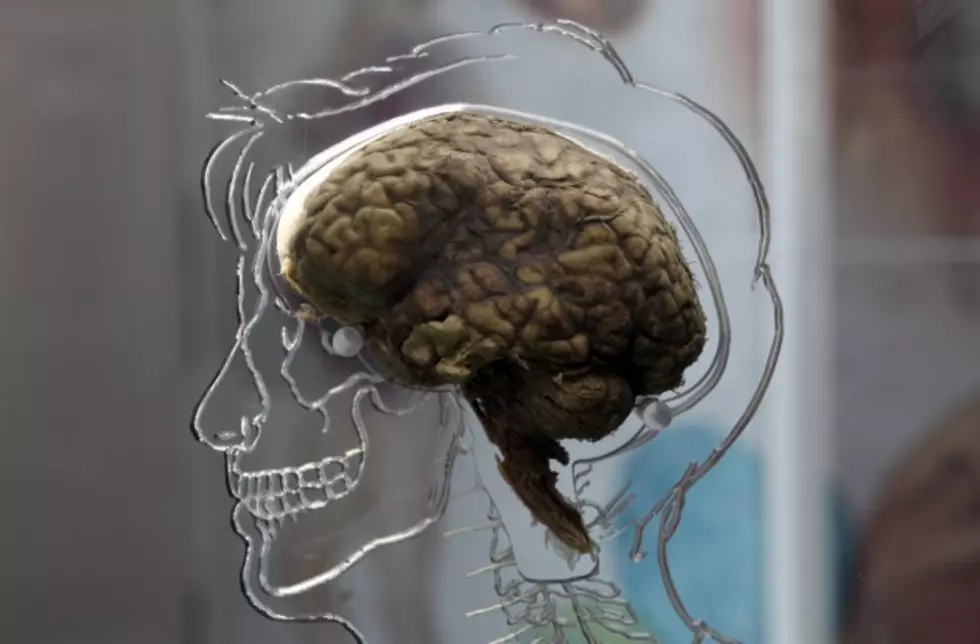
May Is Brain Cancer Awareness Month
Brain Cancer Awareness Month puts a focus on providing facts about brain cancer to better help people understand what it is, its common symptoms, its possible causes and some of the common treatments.
Brain and central nervous system cancers are relatively rare, however 22,500 new cases are estimated to occur in the United States in 2015.
Here are somethings to know about brain and central nervous system cancers.
1). The incidence of new cases is about 6 per 100,000 persons annually, and the lifetime risk for such cancers is approximately 0.6%. Men have a higher incidence and mortality from brain cancers than do women. Also, brain cancers are an important contributor to solid tumors found in children and adolescents, with these age groups accounting for approximately 10% of the new cases diagnosed each year in the US. Brain cancer is also the leading cause of mortality from solid tumors in children.
Patients with brain cancers often present with clinical features that are general and can include headaches, nausea, vomiting and altered mental function. A diagnosis may require neuro-imaging and confirmation with histopathology. Brain cancers are classified based upon the cell type of origin and histopathology features, with the most common types including gliomas, meningiomas, pituitary adenomas, schwannomas, medulloblastomas. Gliomas can be further subdivided to include glioblastomas, astrocytomas, oligodendrogliomas, and ependymomas (2). Brain cancers are also classified as primary tumors (arising from the cells within the brain) or metastatic lesions (derived from cancers at other body sites). Metastatic cancers of the brain are more common than primary tumors, and result from the spread of cancers from other locations in the body, with the most common sites being lung, breast, kidney and skin (melanoma).
The causes for brain cancers are not fully understood, but are believed to include both genetic and environmental factors. Risk factors include age, family history and exposure to ionizing radiation. As part of the Cancer Atlas Genome project, scientists have been cataloguing the genetic alterations found in specific tumor types including brain cancers. Research in this area has identified a number of somatic genetic changes that may be important in diagnosing disease, determining the aggressiveness of disease, and discovering new therapeutic approaches to treating cancers (3). Within brain cancers, the alterations that have been described include changes that result in the loss of genetic regions on chromosomes 1 and 19, mutations within genes such as the epidermal growth factor receptor (EGFR), isocitrate dehydrogenase (IDH1) genes, and epigenetic modifications of other genes like O-6-Methyl-Guanine-Methyltransferase (MGMT).
Commonly used treatments for brain cancers include surgery to remove the cancer cells, radiation therapy and chemotherapy. A better understanding of the genetic factors that contribute to the development and progression of brain cancers is leading to new and exciting approaches for targeted therapies, including advances in immune therapy in the treatment of brain cancers (3). Through the delivery of new diagnostic testing and the support of novel therapeutic approaches, LabCorp and Covance play a significant role in improving outcomes for patients diagnosed with brain cancers.
References
1. American Cancer Society Facts and Figures. 2015
2. S. Chanda et.al., Primary Brain Tumors in Adults. AFP 77: 1423, 2008
3. E. Hayden. Genomics Boosts Brain Cancer Work. Nature 463: 278, 2010
More From 107.9 Jack FM









